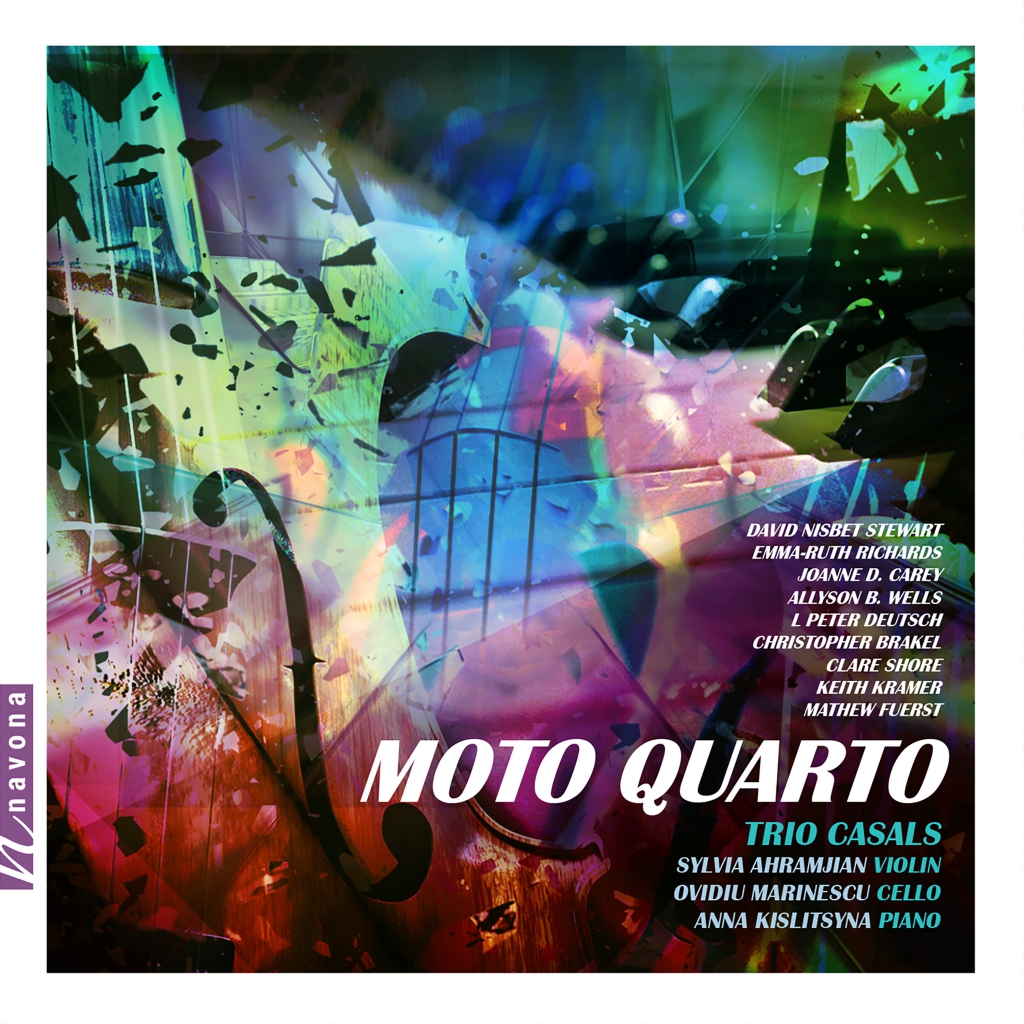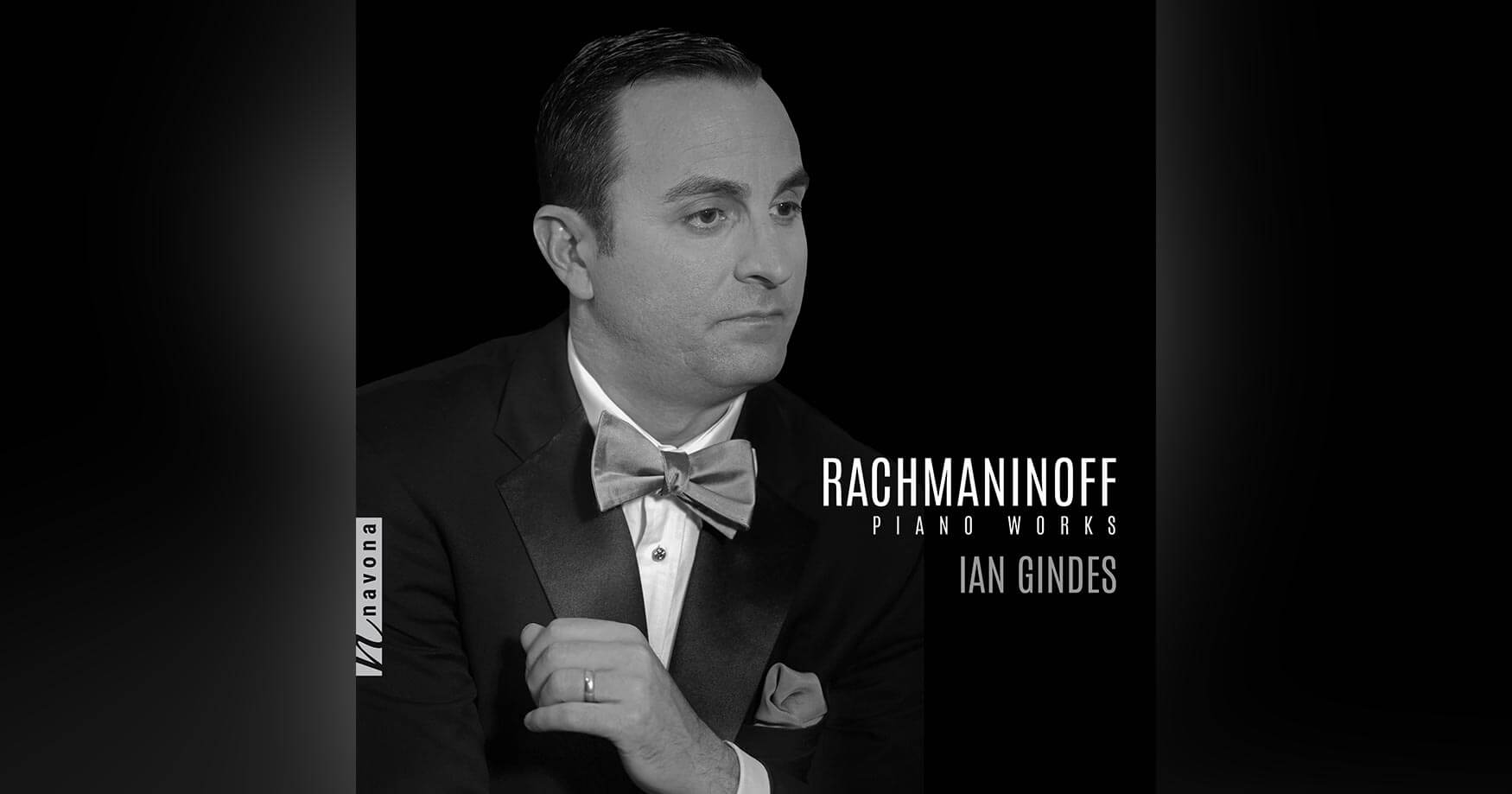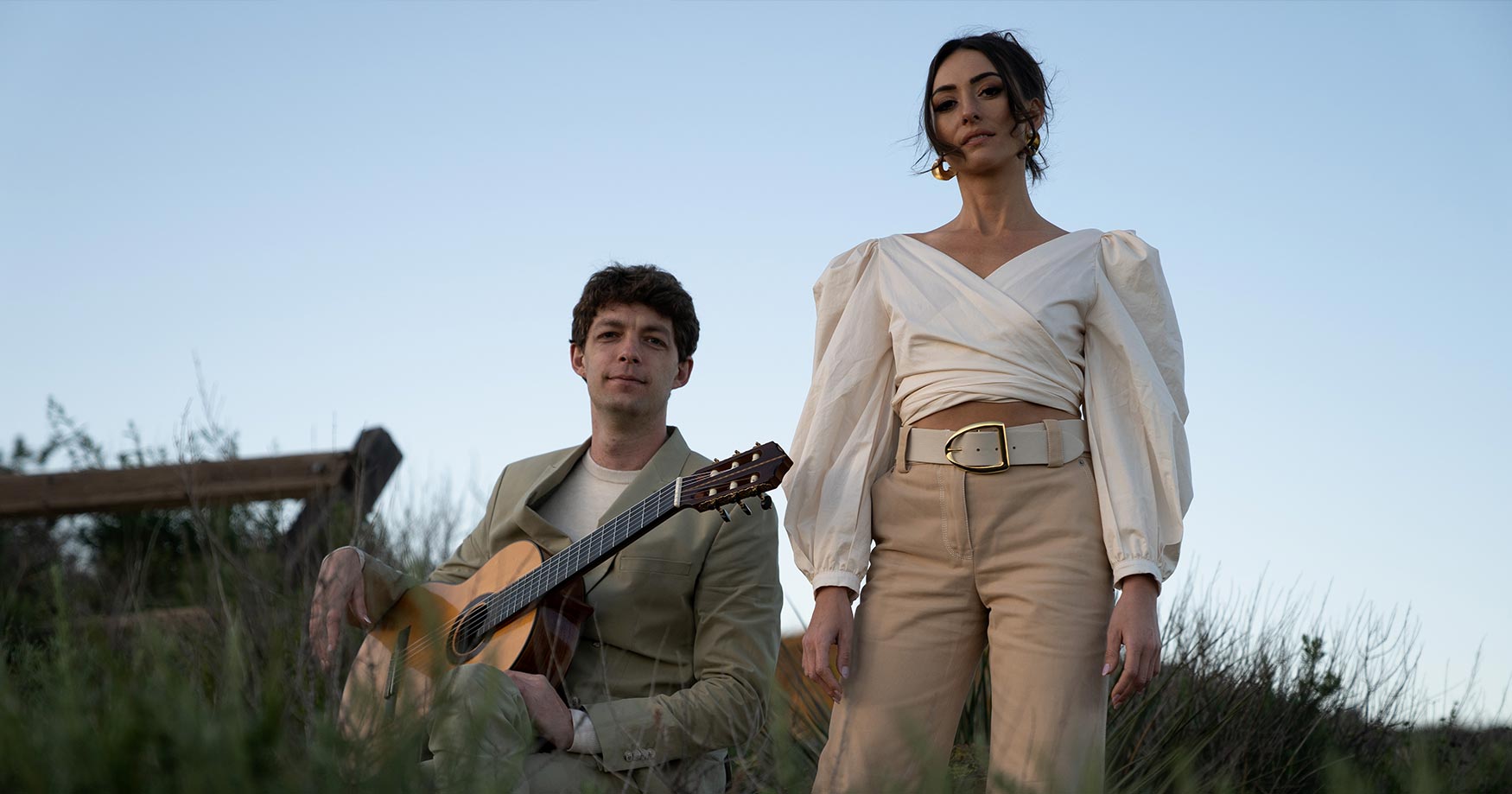David Nisbet Stewart is a composer, pianist, and organist. His career began in academia and migrated into computer technology from 1979 onward. His style of composing also changed as he pursued a new occupation. David believes that leaving academia for the business world was a great benefit to his art. Music is the business of entertaining. The composer, he believes, must satisfy, even delight, the paying audience. His compositions connect with the listener’s ear and heart.
The piece on this album, Three for Three, comprises three dance-like pieces for violin, cello, and piano. It is on the fifth album produced by PARMA Recordings with Stewart’s music, and is being performed at Carnegie Hall on July 20, 2019, as part of Navona Records’ MOTO series.
Today, David is our featured artist in “The Inside Story,” a blog series exploring the inner workings and personalities of our artists. Read on to discover the journey David’s style and influences have gone on in his career…
What inspires you to write and/or perform?
I’m a pianist and organist as well as a composer. I’m inspired by musical history, especially Christian church music. William Klenz, my first college music theory teacher, started with Gregorian chant melodies and species counterpoint. I still base some of my compositions on a cantus firmus, though not in a 16th-century style. I set the Phos Hilaron for SATB with my own translation of the Greek into English.
If we looked through your music library, what would we be surprised to find?
I have over a thousand scores in my music library. You might be surprised to find the music of Alvin Etler (1913-1973). He was my mentor at a critical time in my life. I was writing in a twelve-tone discipline then, as was he. By the late 1970s I abandoned that method. I also have several books of plainchant, an Antiphonale, a Vulgate Bible, and a pre-Vatican II Roman Catholic Missal with Latin on the left column and English on the right. These things go with my love for Christian liturgy and music.
How have your influences changed as you grow as a musician?
In college in the 1960s, the twelve-tone technique was all the rage. I became proficient in that. But I also composed stage musicals with a gifted writer and librettist, Sam Hudson, supported by a student theater organization. So in my heart, I never wanted to leave tonality. By the 1970s I was writing tonal choral music for the church choir I directed. After that, no longer a college teacher, I developed my mature style which varies from spicy tonality to atonality. I still use twelve-tone and aleatoric techniques if justified. I became more influenced by Gershwin and Bartók. My music became more popular with more performances. Both performers and audiences have liked my music composed since 1990.
What were your first musical experiences?
My earliest experiences with music were listening to Beethoven and Tchaikovsky symphonies on 78-rpm records. My mother started teaching me piano. We very occasionally went to concerts and musicals. My first composition teacher was actually a trumpet teacher, Bower Murphy in Coral Gables FL. I went to him, supposedly for piano lessons, because he was recommended to me for general training in aesthetics.
What advice do you have for young musicians?
My advice to young musicians is “Don’t do it professionally.” Particularly, if you want to compose, make sure you have another skill that you like to make a living. You can make at least a part-time income by performing.
What are your other passions besides music?
My other passions besides music are travelling with my lovely wife and enjoying my children, grandchildren, and friends. I am blessed to have a close and functional family. I also play duplicate bridge with a regular partner at an ACBL club.

Three for Three on MOTO QUARTO is now available for streaming or purchase through Navona Records. Click here to explore this new album.



